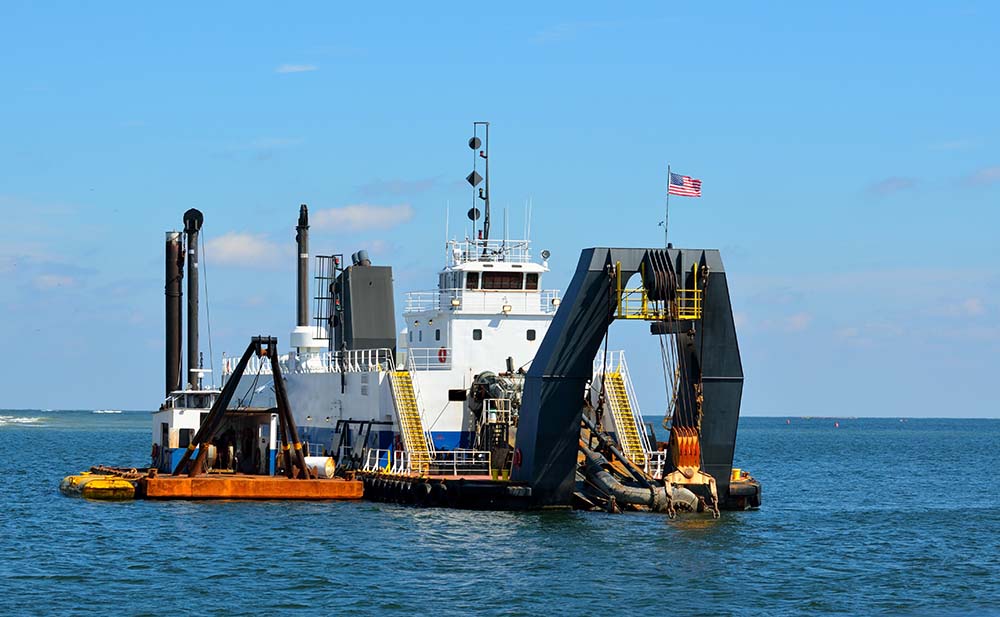Site Survey and Mapping:
In preparation for extensive dredging operations, a series of pre-sweep activities are being conducted to ensure operational efficiency and maintain safety standards. These preliminary steps are essential for the smooth execution of dredging projects, which involve the removal of underwater sediments to deepen waterways, create harbors, and aid in other marine construction projects.
Comprehensive surveys are conducted to map the dredging area accurately. These surveys collect data on the seabed’s composition, topography, and potential obstructions, which are critical for precise dredging planning.
Environmental Assessment:
Environmental assessments are carried out to evaluate the potential impacts of the dredging on local ecosystems. These assessments focus on identifying sensitive marine habitats and species, and gauging the potential effects on water clarity and sediment displacement.
Removal of Obstacles:
Before dredging commences, the area is cleared of any debris, boulders, or other obstructions that could pose risks to dredging equipment or disrupt the operation. This step is crucial to prevent equipment damage and operational delays.
Setting Up Navigation Aids:
To facilitate accurate and safe dredging, navigation aids such as markers and buoys are installed. These aids help in guiding dredging vessels and demarcating the designated dredging zones.
Equipment Mobilization:
Dredging machinery and vessels are transported to the site and prepared for action. This process includes setting up pipelines for hydraulic dredges, arranging spud barges, and conducting thorough checks to ensure all equipment is operational.
Safety Checks:
Robust safety protocols are implemented, encompassing emergency response strategies and comprehensive communication systems to safeguard the crew and comply with environmental regulations.
These preparatory steps are integral to mitigating risks and enhancing the efficiency of the dredging operations that follow. They are designed to address potential challenges proactively and streamline the process to prevent significant disruptions.
